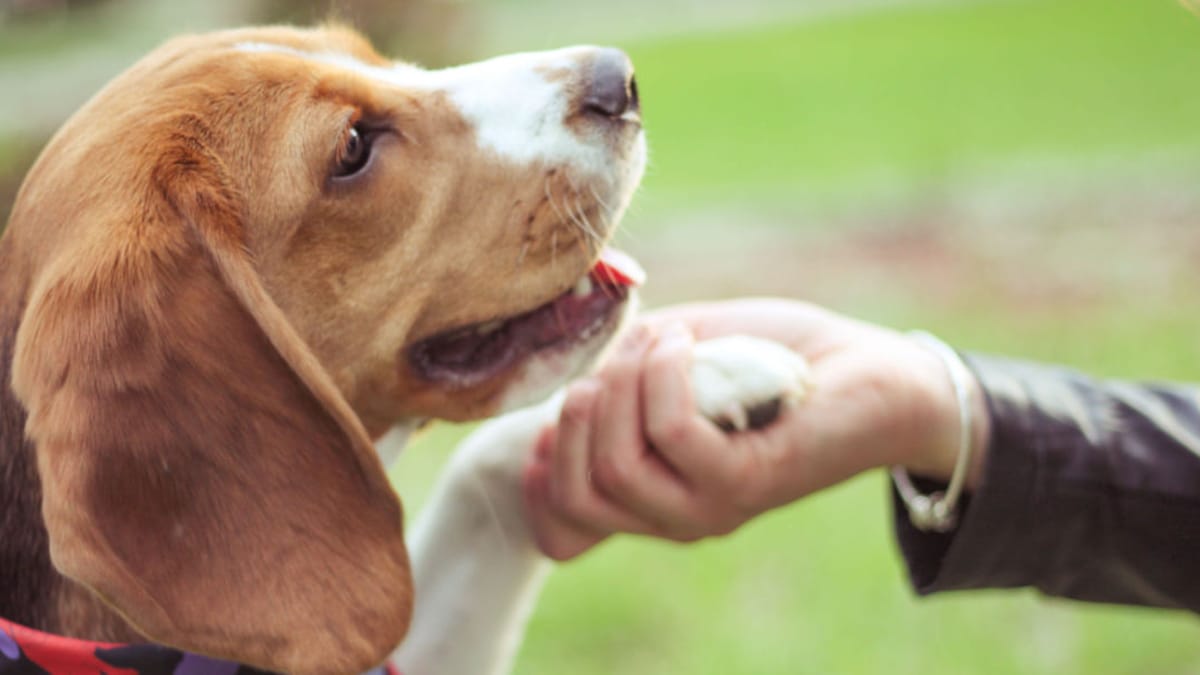Il classical conditioning (also known as “Pavlov’s dog“) can be counted among the types of learning.
This principle was defined and studied by psychology which provides for the observation and description of some conditioned reflexesalso called pavlovian, assumed in certain environmental conditions and experiences, modulated through stimuli. It is a learning method of experimental medicine valid for different species of animals, including humans.
Who Invented Classical Conditioning?
Il respondent or classical conditioning it was studied by Ivan Petrovich Pavlov, an early Russian ethologist and physiologist ‘900 (Nobel Prize 1904), starting from the observation and the development of scientific research concerning the physiological functioning of the digestive processes in dogs activated starting from salivation. This intuition of his takes hold in the full ferment of the current of behavioral psychology (or behaviorism) and of the current of thought of Russian reflexology closely related to physiological studies.
He understood how, according to an environmental stimulus, reflex and not preconceived behavioral responses were generated, also defined as unconditioned stimulii.e. not previously learned. In other words, Pavlov understood that a stimulus was capable of provoking a unconditional response and that therefore it was possible to make the dog learn a certain behavior if its nervous system was subjected several times to the presence of the stimulus.
An emblematic example is the owner who, as soon as he takes the leash, arouses a positive emotion in the dog that the dog relates to being taken for a walk or the noise of the bowl that makes the dog run wherever he is because he is aware that the time has come to eat.
Classical or respondent conditioning is a machine learning method that is plugged in unconsciously to a stimulus (conditioned reflex). In this condition the subject is not an active part of the process, but still reacts positively to the natural stimulus given to him.
Pavlov’s experiment on dogs and the bell
Lo pattern of Pavlov’s dog highlights how a dog who is hungry (preconditioned situation), with only the sound of the bell (which is equivalent to a neutral stimulus) remains indifferent. But if food is then presented to him, he is unconditionally and naturally stimulated to salivate (unconditioned stimulus).
However, if this association is submitted to the dog several times, the dog will directly connect the sound of the bell to the food and therefore will start salivating as soon as it hears its sound. The bell, after a certain number of times and to the various reinforcements proposed to the subject, goes off from becoming a neutral stimulus to a conditioned and active stimulus. In this way, the dog will think about food as soon as he hears the bell, thanks to the positive reinforcement, i.e. the food presented to him.
In order for the dog to associate a stimulus, it is necessary that the reinforcer is offered to the animal several times. A lack of reinforcements, in fact, could compromise the conditioned response. Only once well rooted and learned by the dog, can the reinforcement be changed and modulated to move on to a subsequent step which includes two stimuli (or more) different and variable.
In conclusion, the Pavlov’s experiments expect that the natural reflexes of the animal are stimulated and cause a emotional response and not, as foreseen by operant conditioning (according to the definition of the American theorist Skinner), the active learning of new behaviors.
The Importance of Pavlov’s Dog Study
Pavlov’s dog basic principle is used a lot in dog training because it succeeds in work on their emotionsby educating them. Responsive conditioning will be useful to correct socialization problems and help the dog not to be afraid and not to react accordingly by being too aggressive or agitated.
In the field, the dog will be stimulated, with the help of a dog clicker, to associate positive events with people, environments and situations in which he does not feel at ease. Classic conditioning or conditioned reflex allows you to support the dog in a balanced way so that it can be educated to react in a certain way.
Classical counterconditioning
The dog, once learned to respond to a conditioned stimulus, could reverse this behavior by following the same principles (aversive behavior).
For example, if a dog is very aggressive towards people because he has undergone a negative experience that marked him, he can change this behavior if every time he finds himself in the same situation a positive event is associated with it (some food, a caress, etc.).
—
Article reviewed by:
Riccardo Tognetti
Dog educator

